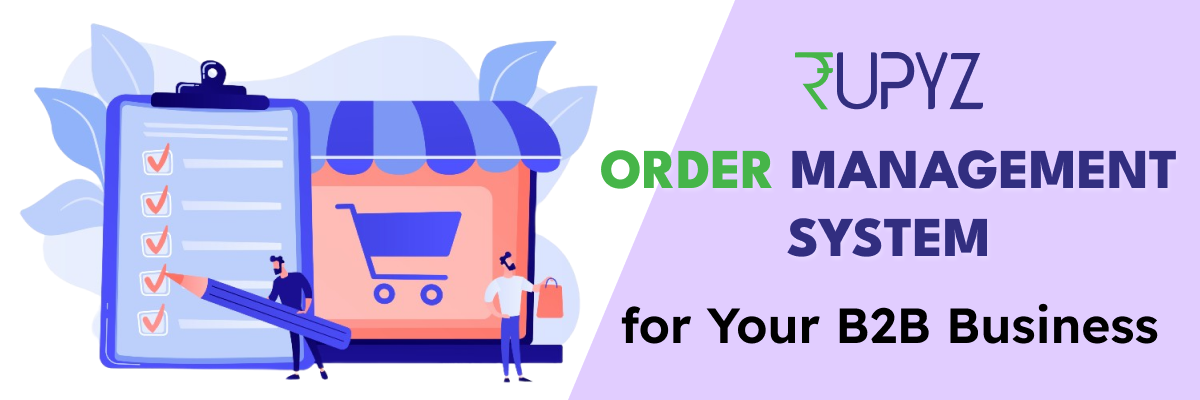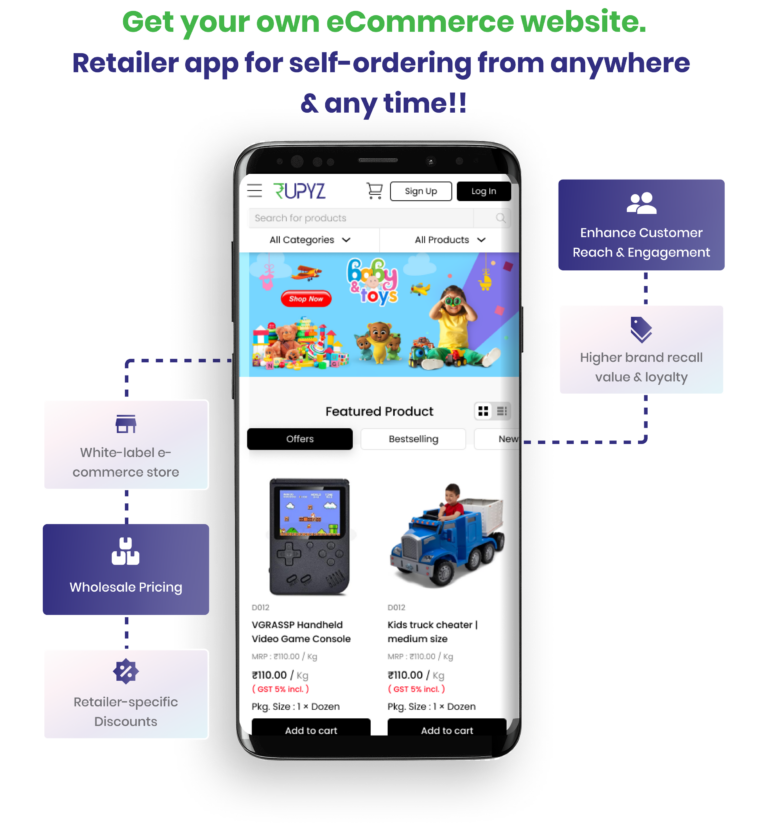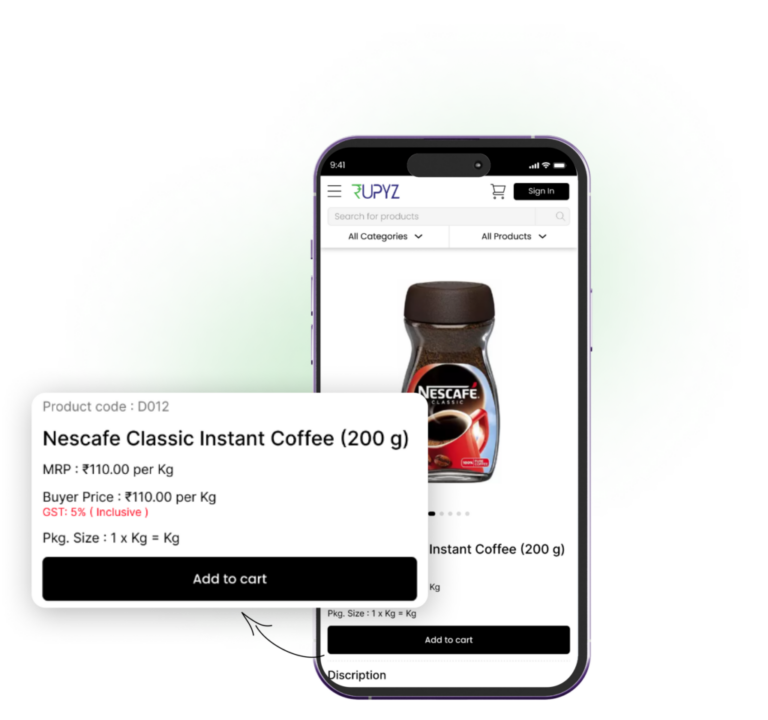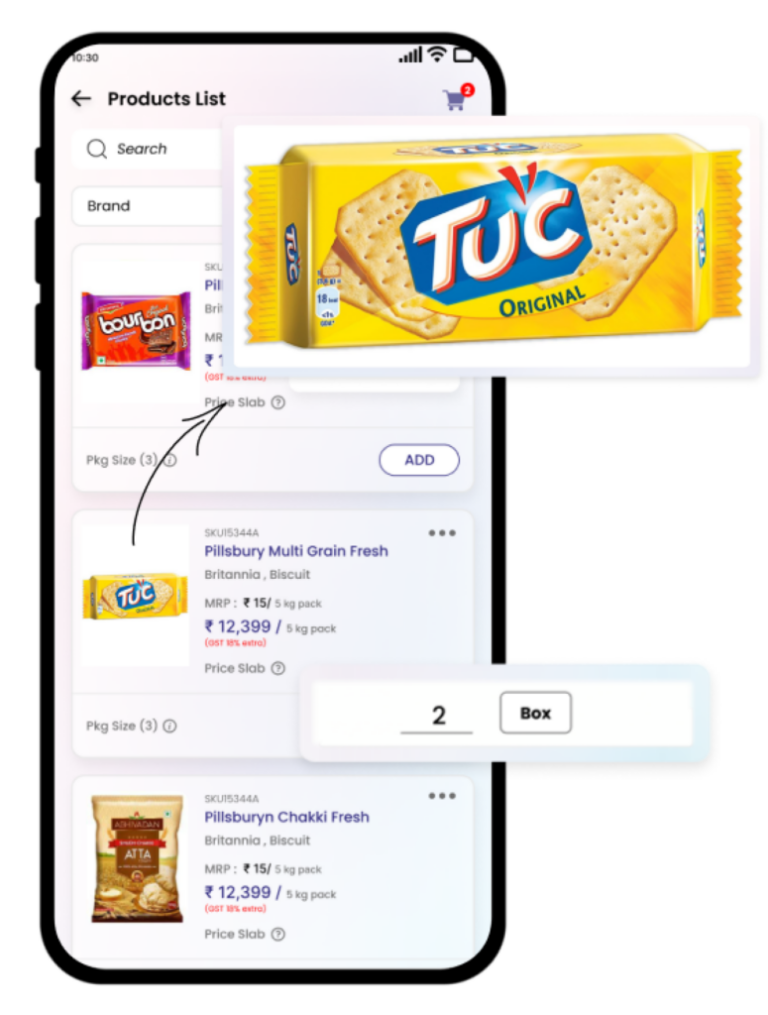
How to Choose the Best Order Management System for Your B2B Business
In the fast-paced world of B2B commerce, efficient order management is crucial for success. An effective Order Management System (OMS) can streamline operations, reduce errors, and enhance customer satisfaction. But with so many options available, how do you choose the best OMS for your B2B business? Here’s a comprehensive guide to help you make an informed decision.
1. Understand Your Business Needs
Before diving into the features and functionalities of different OMS options, it’s essential to understand your specific business requirements. Consider the following:
- Order Volume: Do you handle a high volume of orders daily? A system that can scale with your business is crucial.
- Sales Channels: Are you selling through multiple channels like e-commerce, direct sales, or distributors? You’ll need an OMS that can integrate seamlessly with all your sales channels.
- Inventory Management: If managing inventory is a challenge, look for a system that offers robust inventory tracking and automation features.
- Customer Base: Consider the diversity and geographical spread of your customers. An OMS that supports multi-currency, multi-language, and various payment options can be beneficial.
2. Prioritize Key Features
Not all OMS are created equal. Prioritize the features that align with your business goals:
- Integration Capabilities: Ensure the OMS integrates with your existing CRM, ERP, e-commerce platforms, and other essential software.
- Automation: Automation can save time and reduce human errors. Look for features like automated order processing, invoicing, and shipping notifications.
- Customization: B2B businesses often have unique processes. Choose an OMS that allows for customization to fit your specific workflows and customer needs.
- Real-Time Data: Access to real-time data on orders, inventory, and customer interactions is vital for making informed decisions quickly.
- User-Friendly Interface: The system should be easy to use for your team, with a minimal learning curve.
3. Consider Scalability
Your business is likely to grow, and your OMS should grow with you. Consider the scalability of the system:
- Modular Features: Can you add features or modules as your business expands?
- Capacity: Ensure the system can handle increased order volumes and new sales channels without compromising performance.
- Support for Expansion: If you plan to expand into new markets or regions, ensure the OMS can handle the complexities of international operations.
4. Evaluate the Vendor’s Reputation
The reputation and reliability of the OMS provider are critical:
- Customer Support: Evaluate the level of customer support offered. Is it available 24/7? Do they provide training and ongoing support?
- Customer Reviews: Research customer reviews and testimonials to understand the experiences of other businesses.
- Industry Expertise: Choose a vendor with experience in your industry, as they’ll better understand your specific needs and challenges.
5. Assess the Total Cost of Ownership
While cost should not be the sole deciding factor, it’s essential to understand the total cost of ownership:
- Upfront Costs: Consider the initial setup and licensing fees.
- Ongoing Costs: Factor in subscription fees, maintenance, upgrades, and any hidden costs.
- Return on Investment (ROI): Assess how the OMS will improve efficiency, reduce errors, and increase customer satisfaction, leading to a positive ROI.
6. Security and Compliance
In the B2B space, security is paramount. Ensure the OMS complies with industry standards and regulations:
- Data Security: Look for features like encryption, secure data storage, and regular security updates.
- Compliance: Ensure the system complies with relevant industry regulations, such as GDPR for businesses operating in Europe.
7. Test the System
Before committing, request a demo or a trial period to test the OMS in a real-world scenario:
- User Experience: Assess the user interface and overall experience from the perspective of your team and customers.
- Performance: Test the system’s performance under typical load conditions and see how it handles your business processes.
- Customer Support: Use this opportunity to evaluate the responsiveness and effectiveness of the vendor’s customer support.
8. Plan for Implementation
Choosing the right OMS is only half the battle; successful implementation is critical:
- Implementation Timeline: Understand the timeline for implementation and ensure it aligns with your business needs.
- Training: Ensure the vendor provides comprehensive training for your team.
- Migration Support: If you’re transitioning from another system, check if the vendor offers data migration support to ensure a smooth transition.
Why an Order Management System is Important for Your Business
In today’s competitive B2B landscape, an effective OMS is not just a luxury but a necessity. Here’s why:
- Efficiency and Accuracy: Manual order processing is prone to errors, which can lead to incorrect shipments, delayed deliveries, and ultimately, dissatisfied customers. An OMS automates these processes, significantly reducing errors and improving order accuracy.
- Scalability: As your business grows, managing orders across multiple channels, regions, and customers can become increasingly complex. A robust OMS scales with your business, allowing you to handle more orders without compromising efficiency.
- Inventory Management: An OMS provides real-time visibility into your inventory levels, helping you avoid stockouts or overstock situations. This ensures that you can meet customer demand without tying up too much capital in inventory.
- Improved Customer Experience: With features like real-time order tracking, automated notifications, and accurate fulfillment, an OMS enhances the overall customer experience, leading to higher satisfaction and repeat business.
- Cost Savings: By automating routine tasks and reducing errors, an OMS can help you save on operational costs. It also allows your team to focus on more strategic activities, driving business growth.
- Data-Driven Decisions: Access to real-time data and analytics helps you make informed decisions about inventory management, order processing, and customer service, ultimately improving your bottom line.
Given the critical role that an OMS plays in the success of a B2B business, selecting the right system is a decision that should be made with careful consideration.
Why to use Rupyz's B2B E-Commerce Platform
Automates Sales and Distribution: Rupyz helps businesses streamline their sales and distribution processes by automating order management, lead management, and sales tracking, which reduces manual effort and improves efficiency.
Customizable B2B E-commerce Platform: Businesses can build their own B2B e-commerce platform and mobile app with Rupyz, allowing for customization of pricing, discounts, and payment terms tailored to different clients.
Digital Catalogue and Easy Lead Capture: The software enables businesses to create and share digital catalogues, reducing the need for printed materials. It also provides QR codes for easy lead capture during exhibitions and trade fairs, improving lead management and engagement.
Integrated WhatsApp API for Communication: Rupyz integrates with WhatsApp API, allowing businesses to communicate with clients, share catalogues, and send personalized messages seamlessly. It also supports unlimited messages with no risk of number blocking.
Enhanced Secondary Sales Management: Rupyz offers features to track and boost secondary sales, including identifying inactive customers and creating strategies to re-engage them, leading to higher sales growth.
Field Sales Force Automation: Businesses can track sales personnel activities, live location, and attendance, helping to optimize field sales operations. This boosts the productivity of sales teams and ensures efficient coverage of territories.
Real-time Reporting and Insights: Rupyz provides business intelligence tools that offer real-time insights into customer behavior, top-selling products, and sales performance. This helps in making data-driven decisions to grow the business.
Dynamic Pricing and Payment Terms: The software enables businesses to offer different pricing structures and payment terms to different clients, enhancing flexibility and boosting customer satisfaction.
Task and Beat Planning: Rupyz offers advanced task management and beat optimization for field sales teams, ensuring optimal coverage of regions and increasing efficiency in managing sales territories.
Conclusion
Choosing the best Order Management System for your B2B business is a significant decision that can impact your operations and growth. By understanding your business needs, prioritizing key features, evaluating scalability, and assessing the vendor’s reputation, you can make an informed choice that supports your business’s long-term success. Take the time to test the system, consider the total cost of ownership, and plan for a smooth implementation to ensure your new OMS becomes a valuable asset in your business operations.
Transform your B2B Business
We would love to give a comprehensive walk through of our system & demonstrate how we can contribute to your growth story.
Book A Demo




